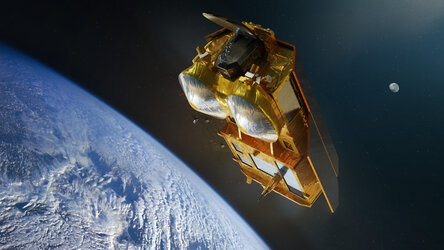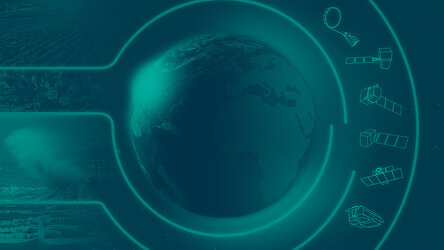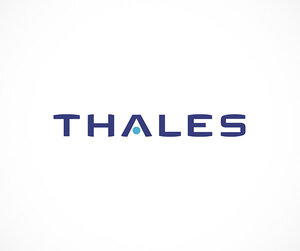Contracts signed for three high-priority environmental missions
Today, ESA signed contracts with Thales Alenia Space in France and in Italy, and Airbus in Spain to build three of the new high-priority Copernicus satellite missions: CHIME, CIMR and LSTM, respectively. Each mission is set to help address different major environmental challenges such as sustainable agriculture management, food security, the monitoring of polar ice supporting the EU Integrated Policy for the Arctic, and all will be used to understand climate change.
There are six Copernicus high-priority Sentinel Expansion missions planned to complement the current capabilities of the Sentinels and address EU policy priorities and gaps in Copernicus user needs.
The development and operations of these Sentinel Expansion missions will be co-financed between the European Commission and ESA, subject to budget availability. These new industrial contacts kick off the key design phases for the missions, with the continuation to be confirmed in 2021.
ESA has recently signed contracts for the development of two of the other six missions: the Copernicus Carbon Dioxide Monitoring mission and the Copernicus Polar Ice and Snow Topography Altimeter mission.
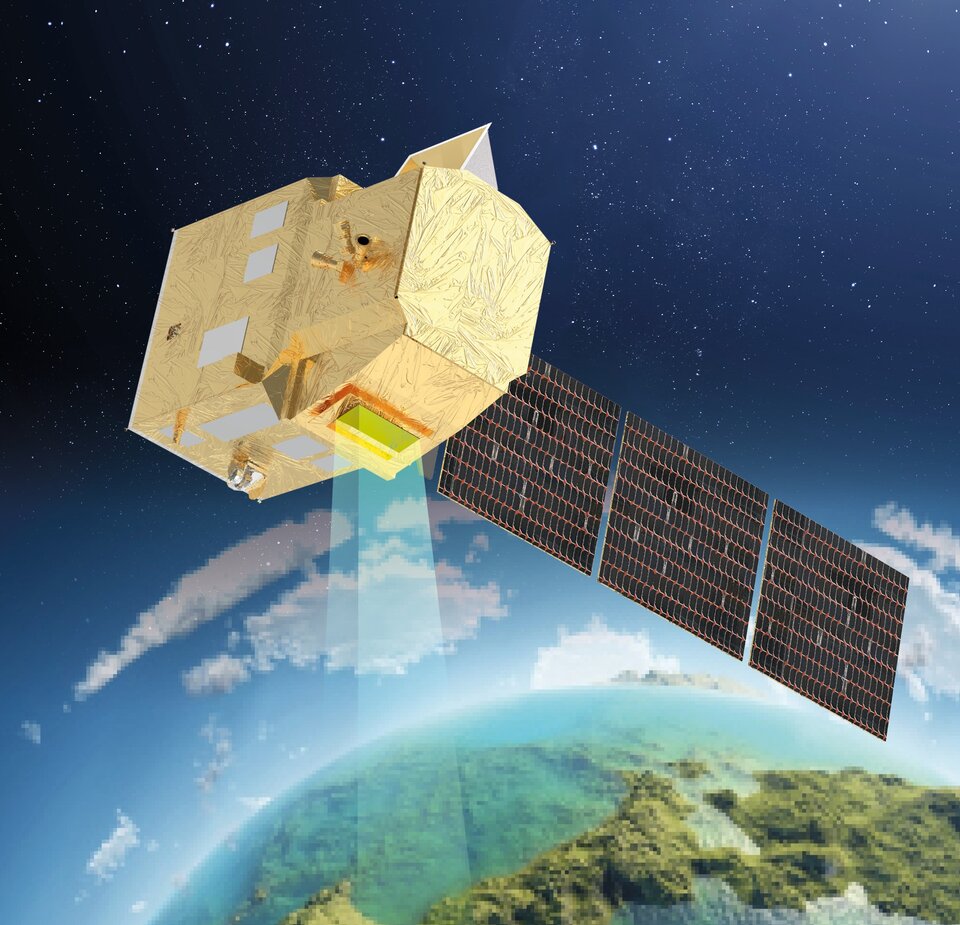
These three new contracts also come at a time when industry and business are suffering from the effects of the COVID-19 pandemic.
ESA’s Director of Earth Observation Programmes, Josef Aschbacher, said, “We are thrilled to sign these contracts with industry today. Not only because once built, each mission will address real environmental challenges and further Europe’s flagship Copernicus programme, but also because we need to help keep our industrial partners in good shape during COVID-19, which has brought untold damage to the economy and employment security.
“Despite the issues surrounding COVID-19, it is critical that we continue forging new space technologies, and continue developing, building and launching satellites that lead to new knowledge and services that ultimately benefit all humankind.”
With a contract worth €455 million, Thales Alenia Space France will lead the development of the Copernicus Hyperspectral Imaging Mission for the Environment, CHIME. The contract was signed in the presence of Bruno Le Maire, French Minister of the Economy and Finance. The mission will carry a unique visible to shortwave infrared spectrometer.
It will provide routine hyperspectral observations to support new and enhanced services for sustainable agricultural and biodiversity management, as well to characterise soil properties, which is key to vegetation health. The mission will complement Copernicus Sentinel-2 for applications such as land-cover mapping.
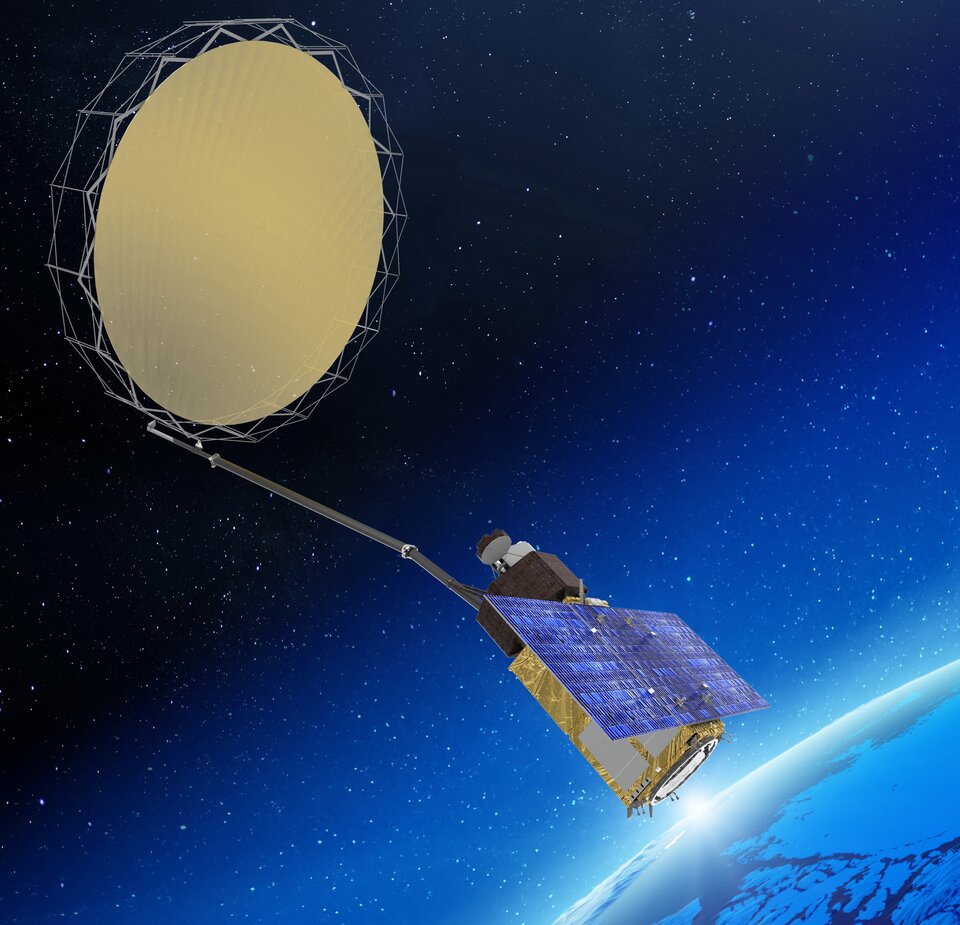
ESA signed the contract for the development of the Copernicus Imaging Microwave Radiometer, mission, CIMR, with Thales Alenia Space Italy in the presence of the Under Secretary of the Council of Ministers of Italy, Riccardo Fraccaro. The contract is worth €495 million.
Carrying a novel ‘conically-scanning’ multi-frequency microwave radiometer, the mission will measure sea-surface temperature, sea-ice concentration and sea-surface salinity. It will also observe a wide range of other sea-ice parameters such as sea-ice thickness and sea-ice drift. CIMR is being developed in response to high-priority requirements from key Arctic user communities and will support the EU Integrated Policy for the Arctic.
The contract, worth €380 million,for the Copernicus Land Surface Temperature Monitoring mission, LSTM, was signed with Airbus Spain in the presence of Pedro Duque, Spanish Minister of Science and Innovation.
It marks the first time that Spain will lead the development of a Copernicus Sentinel mission. LSTM will carry a high spatial-temporal thermal-infrared sensor to deliver observations of land-surface temperature. Satellite data analysis for mapping, monitoring and forecasting Earth's natural resources helps to understand what, when and where changes are taking place. In particular, this mission will respond to the needs of European farmers to make agricultural production more sustainable as water shortages increase and changes in the environment take place.
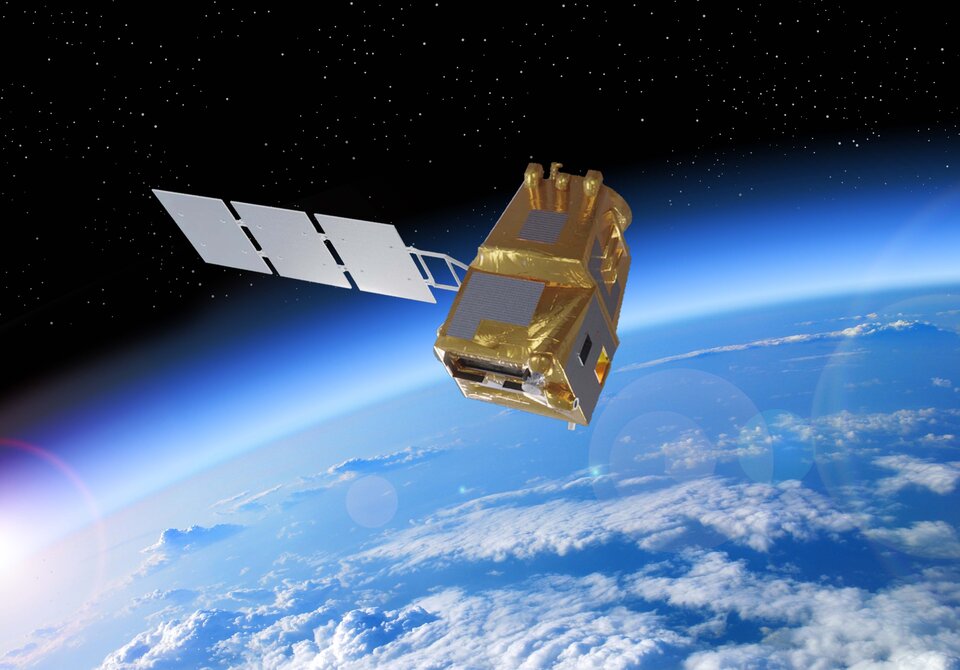
While these contracts are for the development of these three new exciting missions, full implementation relies on further agreements. This includes an agreement between ESA and the European Commission, including a joint positive decision by the Commission and ESA and their Member States to go from Phase B2 to Phase C/D for the prototype missions and to procure the recurrent satellite units. This decision point is planned in the second half of 2021.
The European Copernicus flagship programme provides Earth observation and in situ data, as well as a broad range of services for environmental monitoring and protection, climate monitoring and natural disaster assessment to improve the quality of life of European citizens.
Copernicus is the biggest provider of Earth observation data in the world – and while the EU is at the helm of this environmental monitoring programme, ESA develops, builds and launches the dedicated satellites. It also operates some of the missions and ensures the availability of data from third party missions.
The European Commission’s Head of Unit for Earth Observation, Mauro Facchini, said, “Built on cooperation between the European Commission and ESA, Copernicus has been an outstanding success not only for Europe, but also for the rest of the world. Key environmental data and derived products are freely available for services and data users to improve the daily lives of all citizens.
“We are extremely pleased that these contracts are an important step towards the expansion of the suite of satellites delivering critical information, furthering the Copernicus programme as a whole.”



